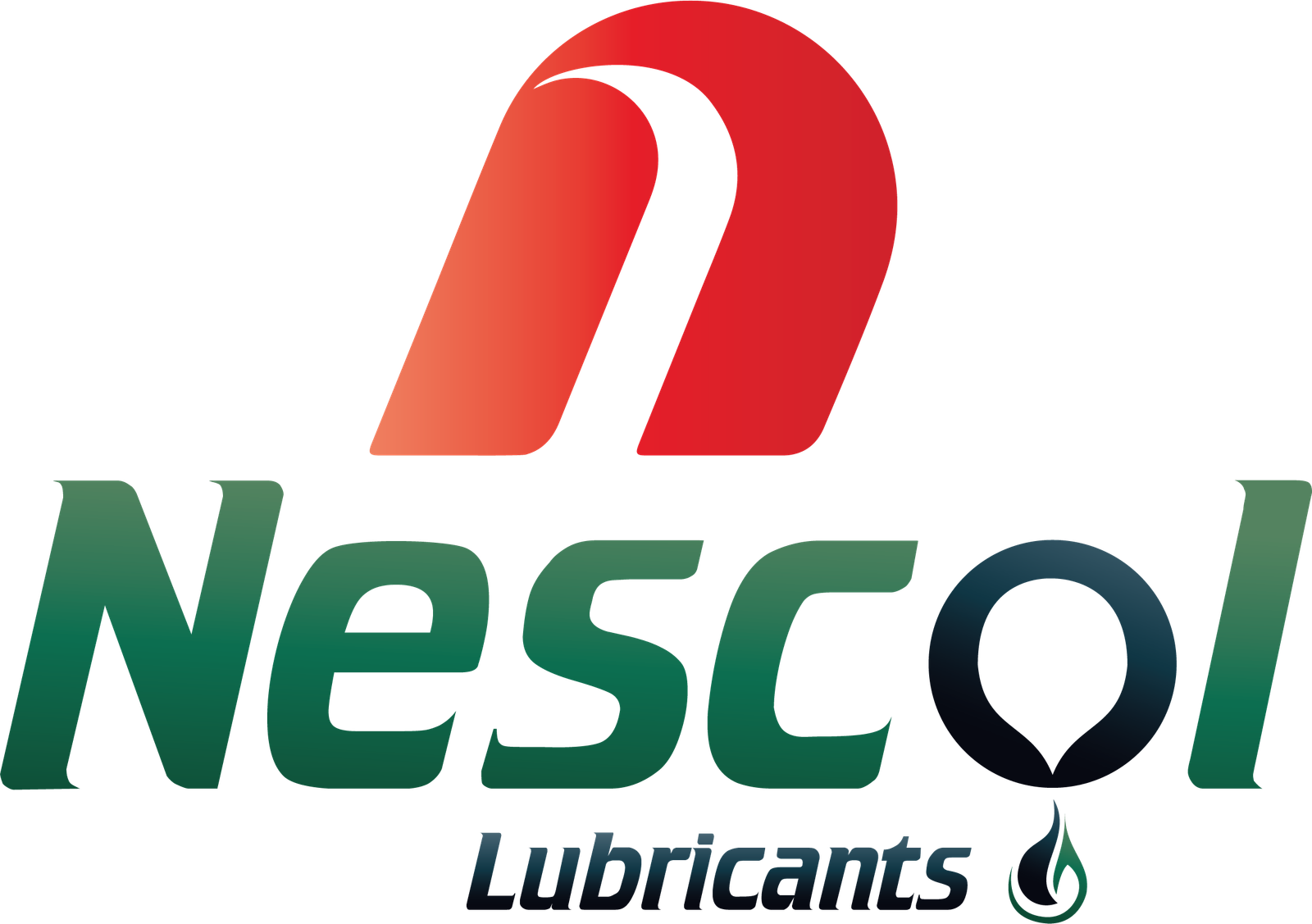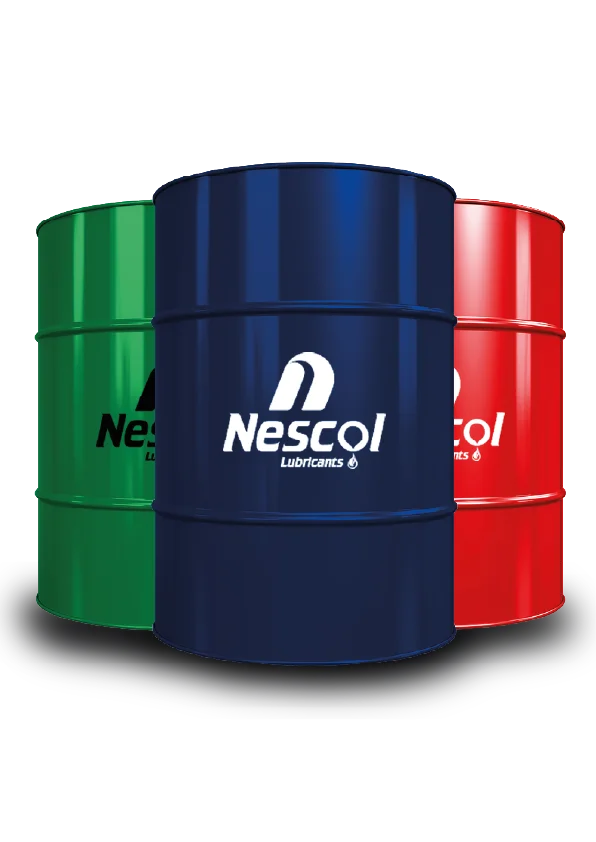Role of 2 CST Base Oil in Modern Lubrication Systems
Lubrication is a critical aspect of maintaining the efficiency and longevity of various mechanical systems. In modern industries, particularly in automotive, aerospace, and manufacturing, lubrication systems have become increasingly advanced, incorporating various types of base oils to meet the rigorous demands of machinery. One such type of base oil that has gained importance is the 2 CST (Centistokes) base oil, a low-viscosity fluid that offers numerous benefits in specific lubrication applications.
Base Oils and Viscosity
To fully understand the role of 2 CST base oil in modern lubrication systems, it’s essential first to grasp the basics of base oils and viscosity. Base oils are the foundation of lubricants, which are designed to reduce friction between moving parts, protect components from wear, and improve the overall performance of machinery. These oils are typically derived from crude oil, synthetic chemicals, or natural sources, with varying properties depending on their production method.
Viscosity, measured in centistokes (CST), represents a fluid’s resistance to flow. Higher viscosity oils, like 10 CST or 20 CST, are thicker and flow more slowly, providing excellent protection for heavy-duty machinery but potentially causing issues in high-speed or high-precision systems. Conversely, lower viscosity oils, such as 2 CST base oil, flow more easily, making them ideal for certain applications that require quick lubrication and heat dissipation.
Why 2 CST Base Oil?
2 CST base oil, with its low viscosity, plays a unique role in lubrication systems where rapid movement and low-resistance lubrication are critical. This oil is often used in precision machinery, hydraulic systems, and certain automotive applications where minimizing drag and maximizing fuel efficiency are paramount. Here are some key reasons why 2 CST base oil is a preferred choice in these scenarios:
Enhanced Flow Characteristics: Due to its low viscosity, 2 CST base oil flows quickly, ensuring that all moving parts are adequately lubricated, even at high speeds. This rapid flow minimizes the risk of friction-induced wear and tear, which is crucial for extending the lifespan of machinery.
Superior Heat Dissipation: In high-speed machines, heat buildup can be a significant concern. 2 CST base oil, with its lower viscosity, efficiently dissipates heat, keeping operating temperatures under control and preventing potential overheating.
Energy Efficiency: Lubricants with higher viscosity can create resistance within machinery, reducing overall efficiency. The low viscosity of 2 CST base oil allows machinery to operate more smoothly, reducing energy consumption and improving fuel efficiency, particularly in automotive systems.
Precision Application: Modern lubrication systems often require precise control over lubricant flow. 2 CST base oil is ideal for these systems, as it provides the right balance of lubrication without excessive buildup, which could otherwise impair performance.
Typical Properties:
TEST | METHOD | N100 | N150 | N230 | N600 |
| Appearance | Visual | Bright &Clear | Bright &Clear | Bright &Clear | Bright &Clear |
| Kinematic Viscosity @ 212°F /100°C, cSt | ASTM D-7042 | 4 – 4.5 | 5 – 5.6 | 6.2 – 7 | 11.5 – 12.8 |
| Kinematic Viscosity @ 104°F /40°C, cSt | ASTM D-7042 | report | report | report | report |
| Viscosity Index | ASTM D-2270 | min 100 | min 95 | min 95 | min 95 |
| SP. Gravity @15°C/ 60°F, g/cm3 | ASTM D-4052 | report | report | report | report |
| Flash Point (min), °C | ASTM D-92 | min 200 | min 210 | min 220 | min 240 |
| Pour Point (max), °C | ASTM D-97 | max (-)9 | max (-)9 | max (-)9 | max (-)9 |
| Color | ASTM D-1500 | max L0.5 | max L0.5 | max L0.5 | max L0.5 |
| Water, ppm | ASTM D 6304 | <60 | <60 | <60 | <60 |
| Saturates, wt.% | HPLC | >99 | >99 | >99 | >99 |
| Aromatics, wt. % | HPLC | <1 | <1 | <1 | <1 |
NOACK VOLATILITY ,wt.% | ASTM D5800 | <20 | <16 | <12 | <5 |
COLD CRANKING VISCOSITY, mPa.s | ASTM D5293 | <3000 at(-) 30℃ | <2000 at(-) 15℃ | <3500 at(-) 20℃ | <5500 at(-) 10℃ |
Applications
Given its specific properties, 2 CST base oil finds use in a variety of industries and machinery. Below are some of the common applications of 2 CST base oil excels:
1. Hydraulic Systems
In hydraulic systems, fluid is used to transmit power, and the viscosity of the oil plays a significant role in the system’s performance. 2 CST base oil is often preferred in high-performance hydraulic systems where precise control and responsiveness are required. Its low viscosity ensures quick fluid movement, making the system more responsive and efficient.
2. Automotive Lubrication
Automobiles, especially modern, fuel-efficient engines, rely heavily on low-viscosity lubricants to reduce internal friction and improve fuel economy. 2 CST base oil is used in specific parts of automotive systems, such as in automatic transmissions or power steering systems, where quick lubrication and minimal drag are essential for smooth operation.
3. Precision Machinery
Precision instruments and tools, such as those used in medical devices, aerospace technology, and robotics, demand precise and consistent lubrication. 2 CST base oil offers the right combination of quick flow and minimal residue, ensuring that delicate components are kept in optimal working condition without excess wear.
4. Cooling Systems
Because of its superior heat dissipation properties, 2 CST base oil is also employed in cooling systems where maintaining temperature control is vital. This is particularly important in environments where machinery is constantly running at high speeds, generating significant amounts of heat that need to be managed efficiently.
Advantages in Modern Lubrication Systems
The advantages of 2 CST base oil extend beyond its primary function of reducing friction. Some key benefits include:
Longer Equipment Life: By reducing friction and dissipating heat effectively, 2 CST base oil extends the lifespan of machinery, reducing maintenance costs and downtime.
Improved Performance: Equipment lubricated with 2 CST base oil runs smoother, with less resistance, which improves overall performance, whether in hydraulic systems, automotive components, or industrial machinery.
Reduced Environmental Impact: Many low-viscosity base oils, including 2 CST, are formulated to be more environmentally friendly, offering better biodegradability and lower emissions compared to traditional oils.
Cost-Effective Operation: Due to its ability to reduce energy consumption and improve machinery efficiency, 2 CST base oil helps lower operational costs, making it a cost-effective solution in the long run.
Challenges in Using 2 CST Base Oil
While 2 CST base oil offers numerous advantages, it is not without its challenges. Its low viscosity, while beneficial in certain systems, may not provide adequate protection in heavy-duty machinery or in environments where high loads and pressures are present. In such cases, higher viscosity oils may be necessary to ensure sufficient protection against wear and tear.
Another potential challenge is compatibility with seals and gaskets. Some systems may require specific types of materials to prevent leakage or degradation when using low-viscosity oils. It is important to ensure that the machinery in which 2 CST base oil is used is compatible with the oil to avoid potential mechanical failures.
2 CST Base Oil in High-Performance Engines
High-performance engines, especially in the automotive and aerospace sectors, demand lubricants that can withstand extreme conditions. 2 CST base oil, with its low viscosity, enables engines to run smoothly, reduces friction, and helps manage heat more effectively. This base oil is also compatible with modern engine technologies, including turbocharged and hybrid engines, where precision lubrication is key to longevity and performance.
Sustainability and Environmental Impact
As industries shift towards more sustainable practices, the demand for environmentally friendly lubricants grows. 2 CST base oil, with its eco-friendly formulations, contributes to this shift. Many formulations of 2 CST base oil are biodegradable, minimizing their environmental impact. Additionally, by reducing friction and improving energy efficiency, this base oil helps lower carbon emissions, aligning with the global drive towards sustainability.
Challenges and Considerations
While 2 CST base oil offers numerous advantages, it is not without challenges. Its low viscosity, while beneficial for certain applications, may not be suitable for all environments. For example, in systems that operate under very high loads or pressures, a higher viscosity base oil might be required. Therefore, proper selection of the base oil based on the specific application is crucial to achieving optimal performance.
Future of 2 CST Base Oil in Lubrication Systems
As technology advances and industries move towards more efficient and environmentally friendly solutions, the role of 2 CST base oil in lubrication systems is likely to expand. Research into synthetic base oils and their properties is driving innovation, creating oils that can perform even better under extreme conditions.
Future developments may see 2 CST base oil being integrated into more advanced lubrication systems, such as smart lubrication technologies that automatically adjust oil flow based on real-time data from machinery. These systems will likely leverage the benefits of low-viscosity oils to enhance efficiency and performance in increasingly complex mechanical systems.
Final Thoughts
In modern lubrication systems, the role of 2 CST base oil is pivotal for applications requiring fast-flowing, low-resistance lubrication. Its benefits in terms of heat dissipation, energy efficiency, and precision make it a valuable asset in industries ranging from automotive to aerospace. However, it is important to carefully consider the specific needs of each application to ensure that 2 CST base oil is the right choice. As lubrication technology evolves, the use of 2 CST base oil is expected to grow, offering even more benefits in the pursuit of efficiency and performance.


